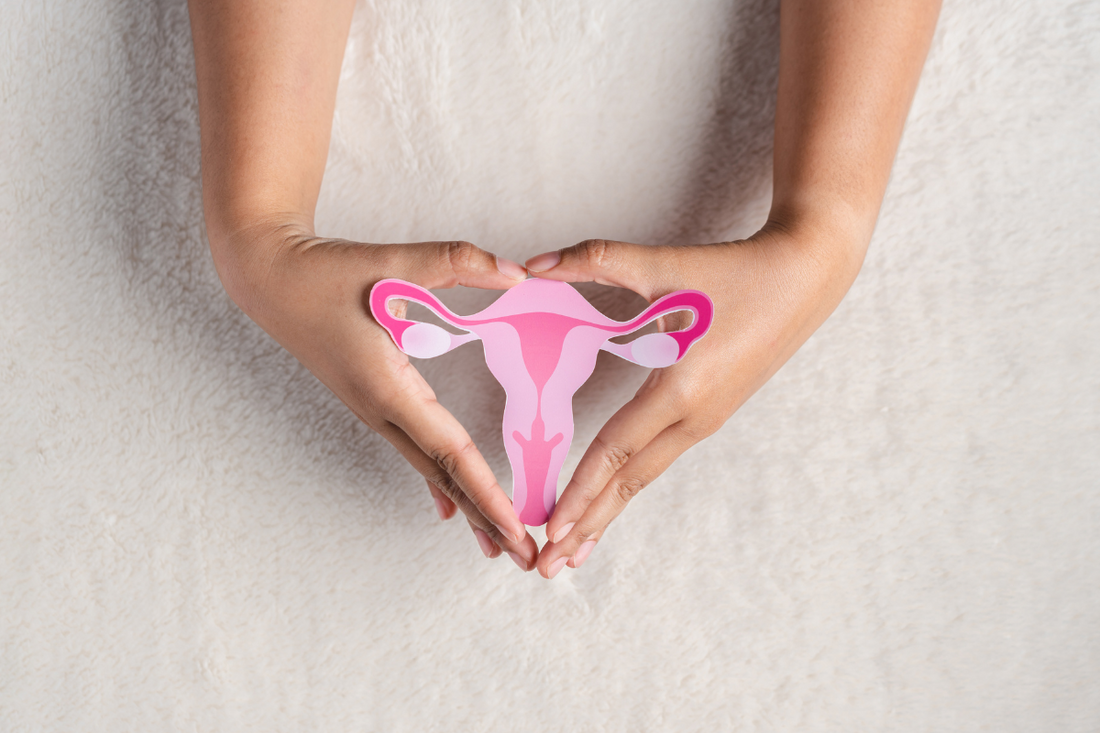
The uterus is a female reproductive organ that is supported by muscles, tissues, and ligaments located in the pelvis. However, if these tissues and muscles weaken, the uterus can fall. That is known as uterine prolapse or displacement of the uterus.
Usually, this situation does not have a specific treatment unless the woman presents discomfort. The important thing is that in any case, you visit the specialist who is the one who will explain which is the way forward.
To learn more about this topic, we invite you to continue reading this article. Here you will learn more about uterine prolapse, its symptoms, and what are the causes.
What is uterine prolapse?
Uterine prolapse is the stretching of the pelvic ligaments, causing weakness, which results in the displacement of the uterus, which will fall into the vagina. Diagnosing this condition is not simple, and neither is the treatment. Everything will depend on the symptoms, which can be confused with other conditions.
Although uterine prolapse can occur at any age, women who are more likely to have uterine prolapse are those who have already had several vaginal births and are already suffering from menopause.
Symptoms of uterine prolapse
Many times, women with mild uterine prolapse have no discomfort or symptoms at all. However, in women with moderate or severe prolapse, the most common symptoms are:
- Incontinence or sudden, uncontrollable urge to urinate.
- Pain during sexual intercourse.
- Pressure in the vagina or pelvis.
- Lumbago or severe lower back pain.
- Constant urinary and vaginal infections.
- Vaginal bleeding.
- Increased vaginal discharge.
- Displacement of the uterus into the vagina.
When the prolapse is quite severe, it is common to have symptoms such as infections and ulcers in the cervix and vaginal walls. Usually, these symptoms are much worse when the woman sits or stands for a long time.

Causes of uterine prolapse
As mentioned earlier, uterine prolapse is a condition that can occur at any age but is more common in women with several vaginal deliveries. Other important risk factors are menopause, aging, and the presence of tumors in the pelvis, which cause the woman's pelvic floor to weaken and uterine prolapse to occur.
The mentioned causes are the most common but not the only ones. There are other risk factors to take into account, among them:
- Deliveries of babies with high weight and length.
- Aging of the woman.
- Obesity.
- Suffering from constant constipation.
- Being of Hispanic or white ethnicity.
- Suffering from constant coughing fits.
- Lifting heavy objects.
- Family history.
Prevention
Despite the risk factors, there are some tips you can follow to reduce your risk of uterine prolapse:
- Do Kegel exercises constantly to strengthen the pelvic floor, especially after having a baby.
- If you suffer from constipation, treat it by drinking plenty of fluids, eating right, and exercising properly.
- Avoid lifting very heavy objects and when lifting objects look for the correct position.
- If you suffer from coughing fits, control them. Do not smoke.
- Avoid obesity.
So, if you have detected some symptoms and feel discomfort that may be due to uterine prolapse, we recommend you visit your gynecologist, and they will tell you what to do.
As women, comfort is invaluable, especially when we have our period. That is why menstrual panties and ecological pads are excellent choices, and in addition to the tranquility of being comfortable and safe, you will be taking care of the environment.
Have you ever heard about uterine prolapse before? Tell us about it 🙂


